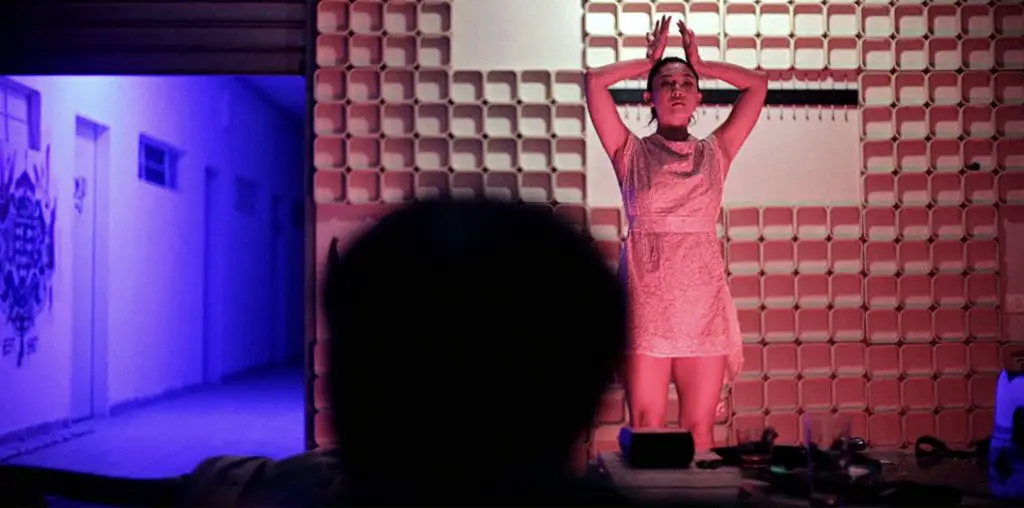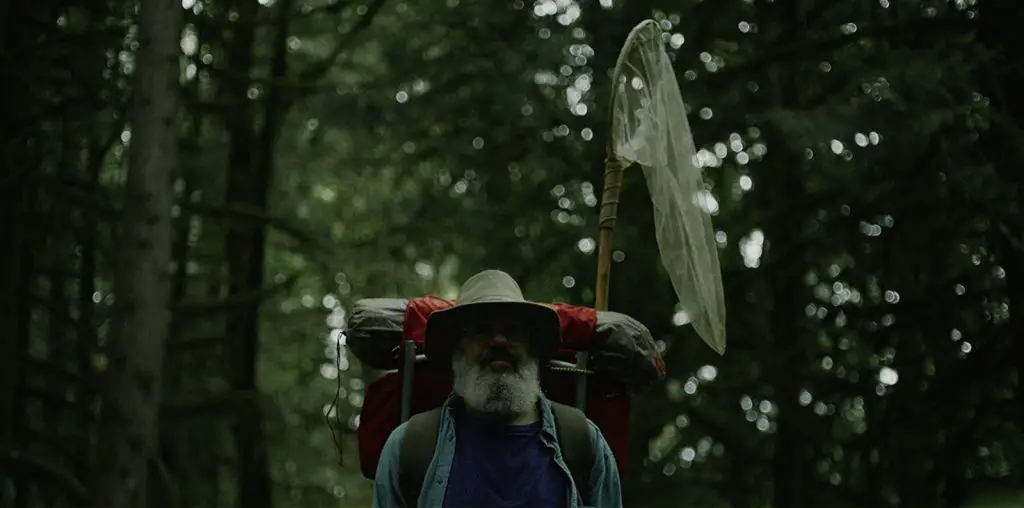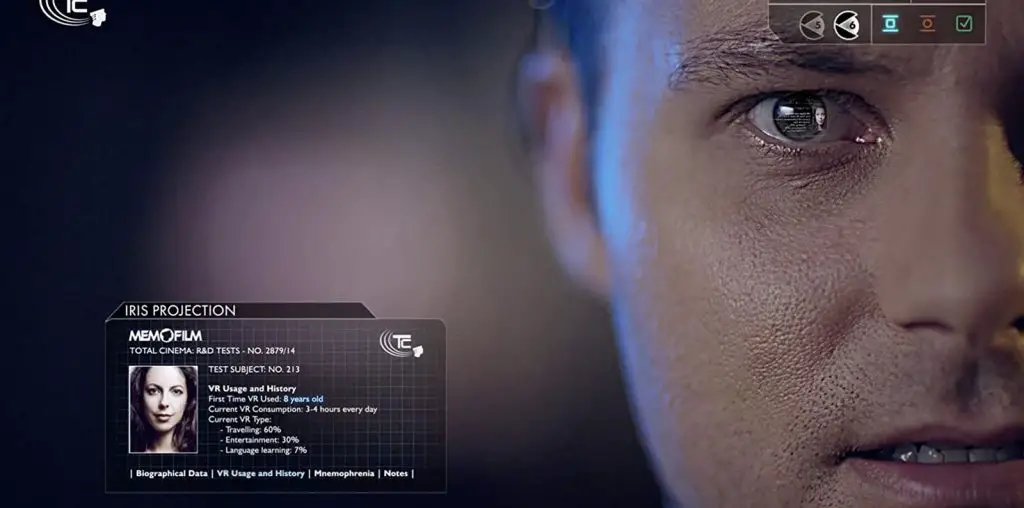
Told through an expanding collage of images and scenes, The Evening Redness in the South takes viewers on a wordless journey of experimental filmmaking. Chronicling the lives of workers on a construction site, director and producer Colin Hickey weaves a tapestry of emotions through this semi-linear film. Straying from a more traditional narrative format, the film creates almost a modern silent film. The Evening Redness in the South ultimately invites the viewers on a journey through the thoughts, fears, hopes, and desires of these workers, substituting dialogue with the pure, honest human experience.
Typically, at this point in a review, I would dive into an overview of the plot, give nods to major elements of the story structure, and give slight teases to a massive crescendo in the final act. With this film, I am uncertain I could do that even if I tried. It’s a motion picture where the lack of structure is the overall structure of the story. To rob the film of that would mean creating a different movie entirely. Hickey has crafted a labyrinth of visuals, moods, and sounds throughout this film. On the surface, it’s flashing between workers carrying out mundane tasks on a job site. Beneath the surface is a story of young and old, fathers and sons, and the contrast between life on the job and the lives workers hope for.
The Evening Redness in the South is a very Avant-Garde film; it’s meant to make you feel something, rather than focus on a narrative. Hickey marries flowing string music with the sounds of the worksite to create an idea of beauty within the work itself, often pairing sounds of violins with the sounds of scrapping cement or laying bricks. The film seeks to find the poetry in the daily lives of those on the job and glamour in the smoke breaks of a hard day’s work.
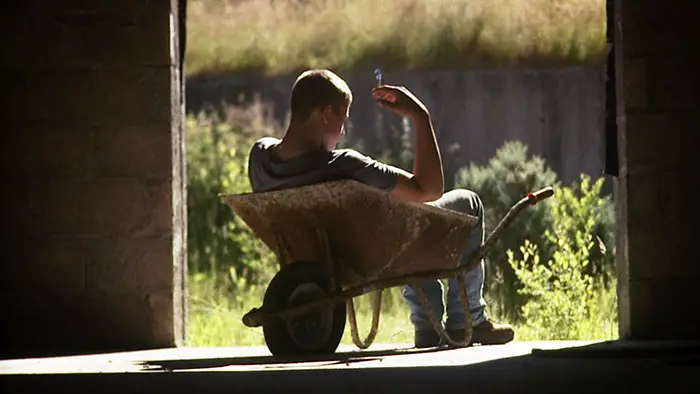
“Chronicling the lives of workers on a construction site…”
Parts of this review could sound vague, but describing a film such as this is like trying to describe a Jackson Pollok painting to someone who may have never seen one or even heard of the artist. I could attempt to describe in-depth scenes of the relationship between father and son or the symbolism of the workers’ dreams, but honestly, it would not do justice to the depths this movie explores. The film’s actual characters are secondary to the larger feelings each image and sound is meant to evoke. The movie acts as though the characters are simply the tools Hickey uses to embark on a symbolic journey under the South’s red sun.
If you go into The Evening Redness in the South expecting a traditional film, you will be sourly disappointed. However, if you enter with an open mind and let the images wash over you, it can make an interesting view – especially considering the zero-dialogue aspect of the entire feature. Continually as I watched the images dance across my screen, the phrase “perfectly imperfect” came to mind. It’s a film Abed from Community would be proud to achieve: a meta beyond meta.
You could nearly watch the film in reverse order and still have a compelling odyssey of emotions and tones. The Evening Redness in the South is intended for a niche audience. There are moments of definite confusion; however, I would still implore viewers to experience this film at some point in their life, even if it’s just to acknowledge that movies like this exist.
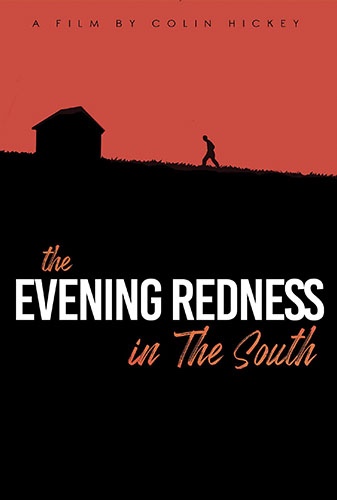
"…...very Avant-Garde film; it’s meant to make you feel something, rather than focus on a narrative."
